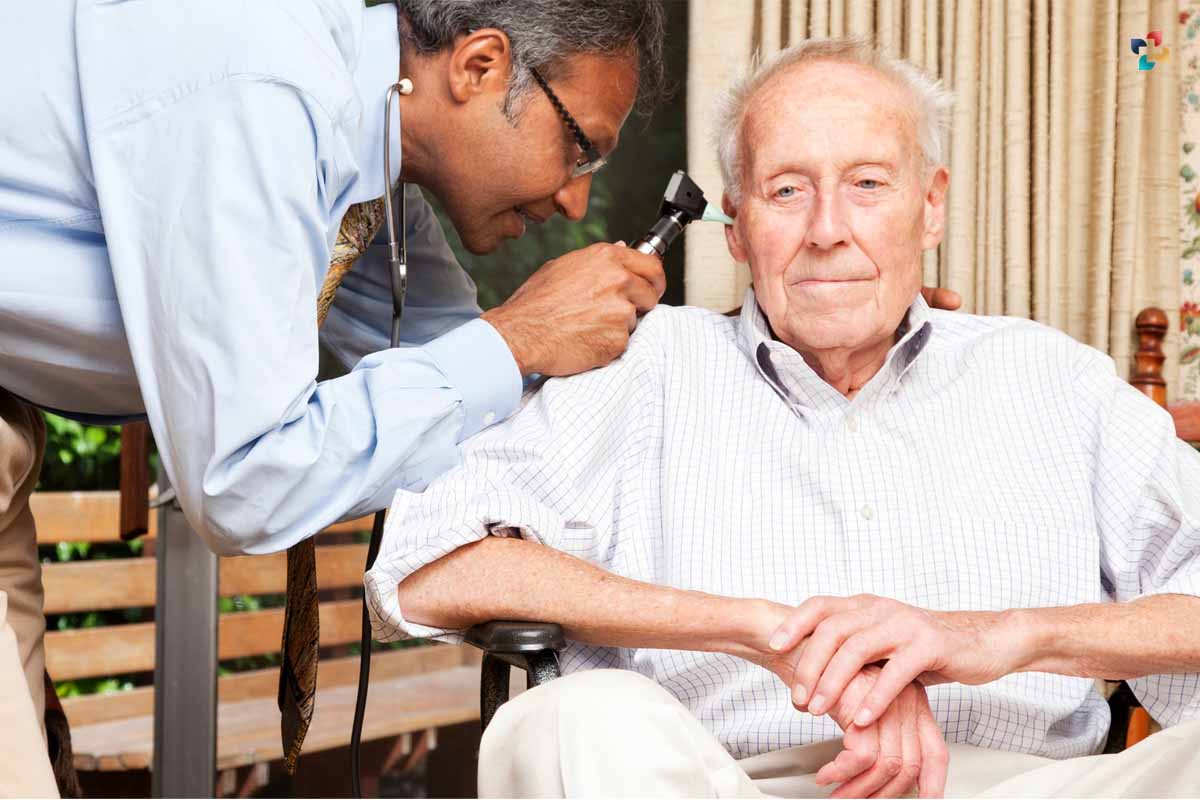The introduction of connected, electrified, and self-driving automobiles will bring about substantial and fast changes in the healthcare business far more swiftly than you may now believe is possible. The effects of autonomous automobiles will be seen in all aspects of the healthcare industry, from the delivery of care to supply chains, as well as the positioning and layout of facilities.
The Future of Mobility and Health Care teams at Deloitte collaborate to assist clients in navigating the terrain of the future of Mobility in Home Healthcare. This gives clients the ability to design their own futures rather than having their futures be formed for them.
Here is the future of Mobility in Home Healthcare;
1. Developing new opportunities for value within the shifting mobility landscape
Those in the healthcare industry—payers, providers, and property and casualty insurers—who alter their businesses to take advantage of the quick speed of mobility innovation and technological trends in the industry will be able to welcome disruption. But they had to take action right now before the momentum becomes impossible to halt.
We work across the Mobility in Home Healthcare ecosystems to develop strategies that capitalize on evolving trends—such as changing consumer behavior and mobility patterns and alternative supply chain solutions—and we collaborate with clients to reposition them for competitive advantage.

These strategies include distributed care networks, changing consumer behavior and Mobility in Home Healthcare patterns, and alternative supply chain solutions. The Future of Mobility will cause a sea change in the way medical care is administered by hastening the adoption of models of dispersed care and altering both the locations of new facilities and the way they are laid up.
2. Expanded patient mobility could improve access to care
The problem of patients not showing up for their appointments continues to be a difficult one for healthcare organizations. The percentage of missed appointments in many big clinics ranges from 18 percent to more than 30 percent, which results in both a financial burden and a loss of efficiency.
It is common for lack of transportation to be a significant obstacle in the way of obtaining medical treatment, particularly for persistent diseases that call for ongoing checkups.
According to the authors of a recent meta-analysis that was conducted on the topic, “Collectively, these studies suggest that a lack or inaccessibility of transportation may be associated with less health care utilization, lack of regular medical care, and missed medical appointments, particularly for those who come from lower economic backgrounds.”

In the not-too-distant future, if ridesharing and carsharing become more commonplace, members of vulnerable groups, such as the elderly, the handicapped, or those who do not have automobiles, may have improved access to medical treatment.
Mobility in Home Healthcare may be improved by Mobility companies can work together with health plans and providers to improve point-to-point and last-mile shared solutions, which will make it easier for people who live in areas with limited transportation options to access essential services. These companies can also offer specialized transportation services.
3. House Calls
House calls can provide patients with regular access to quality medical care, particularly for patients who have mobility in Home Healthcare, transportation, or cognitive challenges.
The physician will visit you at your home. Visits to patients’ homes by medical professionals are no longer considered standard practice. This is going to change as a result of a number of businesses that have received enough funding, such as Heal and Ready.
Primary care may be provided in the comfort of one’s own home by way of Heal’s house visits with physicians, video appointments, and digital monitoring systems. However, with its most recent round of investment, the Los Angeles-based business Heal is working toward expanding access to its in-home care services.

In July 2020, the firm received $100 million from the health insurance giant Humana as part of its Series D round of funding. With this addition, the total amount of money obtained by the company since its founding is now $164 million.
On-demand healthcare company Ready, which provides services in the home and community, has successfully received $54 million in Series C investment. GV, which is the venture capital arm of Alphabet Inc. (Nasdaq: GOOGL), which is the parent company of Google, was one of the investors in its most recent investment round.
4. Aging in the Home
Home is the best place there is to be. According to a poll conducted by the AARP in 2018, the majority of people are at least 50 years old and wish to continue living in their current homes and communities as they age. The Baby Boomer generation is the primary force behind a dramatic and long-lasting change in the age distribution of our country’s population.
Every single day, ten thousand members of the Baby Boomer generation reach the age of 65, and by the year 2030, 18% of the population in the United States will be 65 or older, which is an increase from the current 13%. This will result in an increased need for solutions that let older persons continue living in their homes as they age.
The market for home care services in the United States is anticipated to expand from $100 billion in 2016 to $225 billion by 2024. As prospective business owners, you should be aware that there may be a one-of-a-kind opportunity for technology to fill the void in Mobility in Home Healthcare and truly deliver superior services.








